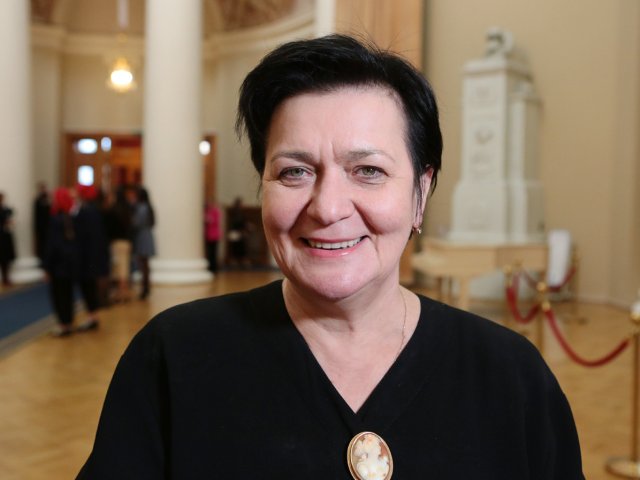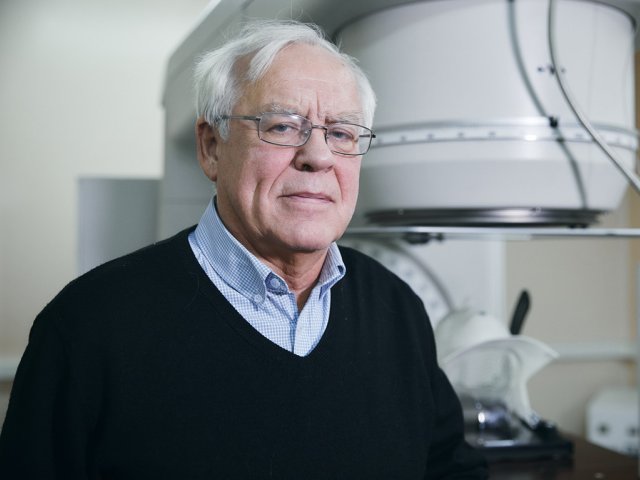Selfie, live-photo and square cards popping up from Polaroid – how many technological innovations we have seen! However, one thing remains unchanged – capturing the moment. All this is the magic of photography.
Who was the first?
Many still think about inventive Frenchman Nicephorus Niepce who granted to the world the first image showing a view from the window. Actually, photography was born thanks to discovery of two phenomena from different natural science areas – optics and chemistry – and it happened long before Niepce’s photo.
It is commonly accepted to consider the lensless camera obscura (pinhole camera) the prototype of technical device for taking photos. It is a light-proof box with a tiny hole on one of the walls. Leonardo da Vinci described it in one of his papers in 1519. Two centuries later, the device was modified – a lens replaced the hole, while the back wall was equipped with opaque glass that the image was projected onto. However, there was still no other method to keep the image except for drawing it manually. The painters of the Renaissance used this technique to make sketching easier.
Chemical Transformations
It took several centuries to find a method for catching the moment. In the 17th century, Robert Boyle described the darkening of silver chloride. The scientist was sure that it happened due air exposure but Angelo Sala noticed that silver nitrate becomes darker being exposed to light. Englishman Thomas Wedgwood was even closer to success. He made experiments with silver salts and obtained reproducible results in creating object silhouettes. However, he failed to invent a method for preventing the image from turning completely black.
The solution belongs to Niepce, who used bitumen hardening being exposed to sunlight as photosensitive material in 1827.
The first successful photography session took eight hours. To do that, the inventor took the projection box and replaced opaque glass with photosensitive material in it. Naturally, the image on the plate coated with bitumen turned out to be not only turned upside down, but mirrored as well. Nevertheless, the name of Nicephorus Niepce went down to history.
Soon, Louis Daguerre, specialist in theatrical scenery, learned about the inventor’s success. However, their cooperation did not last long, and Daguerre continued the experiments alone. He made two important discoveries learning how to develop the invisible or, as they say, latent image on a copper plate coated with silver chloride and mercury vapors, as well as fixing it with the help of salt solution. This method is called daguerreotype.
At the same time, Englishman William Fox Henry Talbot was working on creating a stable image. In 1839, he found his own method of obtaining negative image under the name of calotype (later people started calling it talbotype). His technique featured a special method of preparing photosensitive paper. This process dominated in the field of creating both portrait and architectural images
Russian Way
The history of domestic photography started in early 19th century.
Photographer Sergey Levitsky made a great contribution to it. He simplified the structure of photo camera having replaced side walls with bellows, thus making the device more compact and easier to carry. Later, models that would fit into a small suitcase were launched.
In 1880, lieutenant Izmaylov made one more step forward in development of photography having equipped the camera with the store shotgun system. This solution allowed for changing photographic plates quickly, while the magazine would hold 70 plates.
Another important event in the history of photography was the invention of instant shutter, which was made in Russia. The first drawings of the device were created by photographer Yurkovsky from Vitebsk. The detailed description of this shutter was published by journal Photographer printed in Saint Peterburg.
To Be Continued
In America, the development of photography was closely linked to company Kodak which worked out gelatinous substance reducing exposure time to hundredth parts of a second. Yet, the use of such exposure demanded the modification of equipment, and this process was going on in the 20th century.
The picture was taken in the following way: one had to come to a photo studio where large camera models were used, though compact items also existed. After development, the images appeared on the photo paper.
Much was done for development of photographic equipment in the 20th century. Company Leica was founded in Germany and the competition between Nikon and Canon began. In Russia, camera brands Zorky, Zenit, and Smena enjoyed popularity.
In the middle of the past century, company Zeiss placed a pentaprism into one of SLR cameras. Now, the viewfinder is on the back wall instead of upper panel for the photographer to hold the device on the level of his eyes. This system is used in many digital SLR cameras today as well.
We are living in a new era of photography which is called digital one.
The first digital camera way ahead of time was launched by Sony in 1981. Soon, almost all giants of photographic industry joined the process of manufacturing such equipment.
Photo on the page and on the homepage: Christian Wiediger / Photo bank Unsplash






















